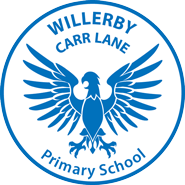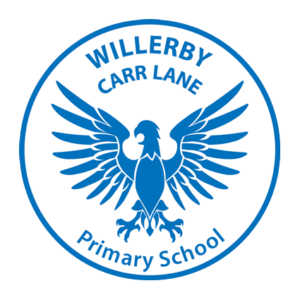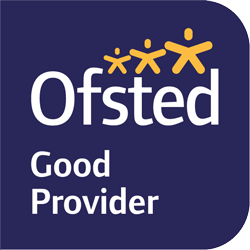School admissions
Admissions
There are two different types of admissions – those to start school at the ‘normal’ time for the start of the Early Year’s Foundation Stage and those for places in other year groups or at any other time – these are called ‘in-year’ applications for school places. In-year applications are made for example when a child is already attending one school and the parent/carers wish to move their child from one school to another, and when a family moves to a different area and needs a new school place for their child(ren).
The admission authority for our school is East Riding of Yorkshire Council and admissions applications are co-ordinated by the Local Authority.
If you would like to visit the school when considering making an application, please call 01482 653388.
How do I apply for a ‘normal’ school place for my child?
Applications to start our school for the first time, for the start of Early Year’s Foundation Stage should be made direct to the Local Authority in which you live by the deadline for applications. Late applications will be considered after those submitted by the deadline, often when there are no places available so it is important that you apply on-time. If you live in the East Riding of Yorkshire Council area, then you can find more information about ‘normal’ admissions processes, deadlines, details of the appeal process and other information at www.eastriding.gov.uk/apply-for-a-school-place. If you live outside the East Riding, you should apply to your ‘home’ Local Authority and not East Riding of Yorkshire Council.
There is no supplementary information form when applying for a place at our school.
How do I apply for an ‘in-year’ school place for my child?
Applications for school places are made through the local authority’s co-ordinated admissions scheme for in-year applications. Applications to start our school in-year should be made direct to the Local Authority no earlier than one term before the place is required, and it is recommended that you apply no later than a period of twenty school days, that is four weeks in term time, before you wish for the place to be available for your child. Applications are considered in the order that they have been received, for example if there is one space available in a year group, the parent/carer who applied for their place first will likely be allocated the place for their child. Proof of residence may be required before places can be allocated, and the school fully adheres to the East Riding Fair Access Protocol. Applicants will be informed of the outcome of their application as soon as is possible, though this is commonly ten school days after an application has been received, but may be later in certain circumstances.
If you live in the East Riding of Yorkshire Council area, then you can find more information about ‘in-year’ admissions processes, and details of the co-ordinated admissions scheme at www.eastriding.gov.uk/school-admissions where you can also apply for an in-year school place along with details of how to appeal for a school place where you have been refused. If you live outside the East Riding, you should apply to your ‘home’ Local Authority and not East Riding of Yorkshire Council.
There is no supplementary information form when applying for a place at our school.
Who makes decisions on school admissions applications?
As we are a community/voluntary controlled school, the admissions authority for the school is East Riding of Yorkshire Council. It is the admission authority who determines whether there is an available place based upon the capacity of the class/year group and the number of pupils already on roll, but the Council do so working closely with schools when applications are received.




